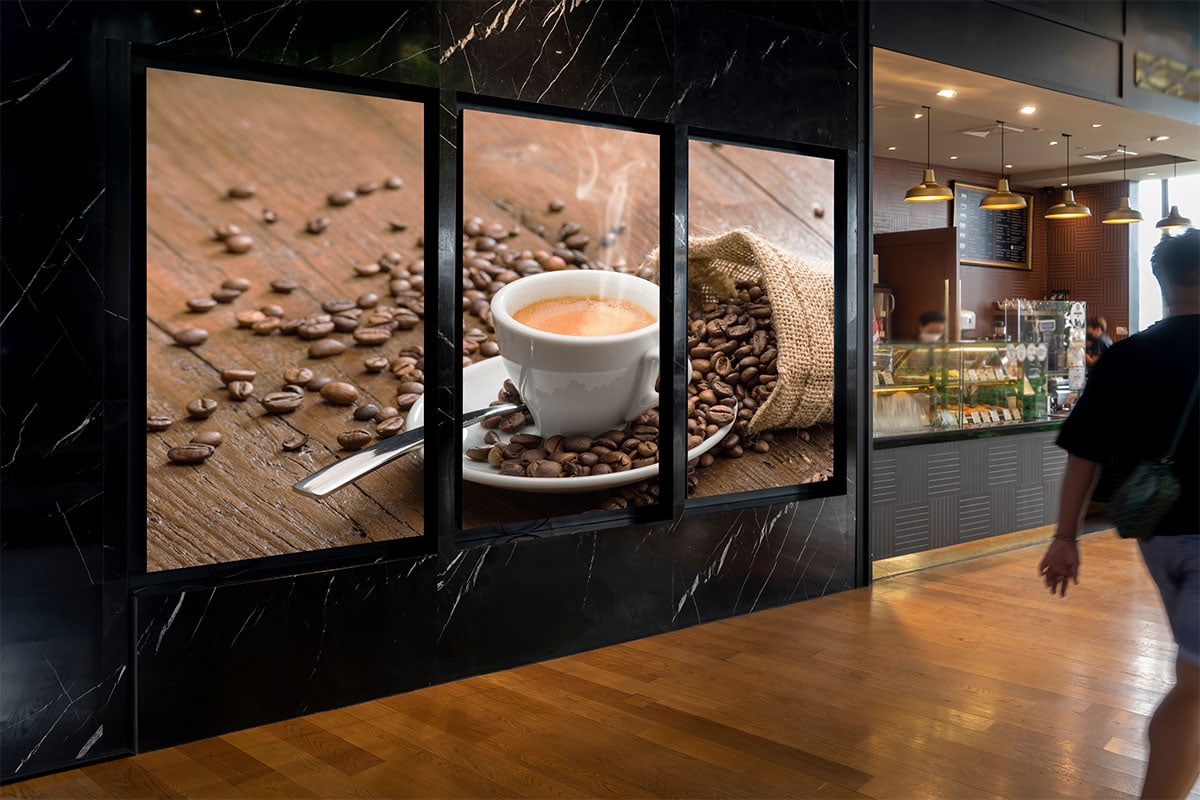Clarifying LED Display Panel Luminance Evaluations for Ideal Screen Effectiveness
Clarifying LED Display Panel Luminance Evaluations for Ideal Screen Effectiveness
Blog Article
LED wall panels have become increasingly popular in various environments, including homes and commercial spaces as well as communal areas. Such screens tend to be recognized for their bright and dynamic visuals, which render these suitable to communicating data, ads, and engagement. Nevertheless, understanding the illumination measurements of LED wall screens remains crucial to guaranteeing ideal visual efficacy. Illumination is measured in units called nits, which indicate how much luminosity produced from the panel. The higher the quantity in candelas, the brighter more luminous the visual will be. For, example, a panel with one thousand candelas is significantly more vivid compared to a featuring five hundred nits, making it better equipped for well-lit environments.
When choosing a Light Emitting Diode wall panel, it becomes important to consider which setting where which the screen will be used. In well-lit lit spaces, such as shopping malls or outdoor settings, higher increased luminosity rate is necessary to ensure visibility. Conversely, in darker settings, like cinemas or conference rooms, lower lower brightness level may suffice. This is because excessive bright unnecessary brightness within an dark environment can lead to discomfort for viewers, making it harder to concentrate with a screen. Thus, understanding the specific requirements of the installation location will help in selecting the right illumination rate to ensure ideal visual experience.
A further crucial element to consider is the contrast ratio of the LED wall panel. The contrast ratio measures the difference exists between the brightest most luminous light and the black shade which the screen can produce. An greater differential ratio means the display can the display can present more clarity as well as richness, thereby improves general image quality. For instance, a panel with a differential ratio of 10,000:1 is able to show visuals featuring greater brilliant hues as well as crisper features than one with a ratio of 1,000:1. This becomes especially important when showing images and motion graphics which demand greater definition and detail, such as presentations or advertising content.
Additionally, the technology mechanism that immersive experience with leds drives Light Emitting Diode wall screens has an crucial role for their brightness and total efficiency. Various types of LED technologies, including Organic Light Emitting Diode as well as Liquid Crystal Display, have unique characteristics which impact how brightness is perceived. Organic Light Emitting Diode screens often offer superior differential and deeper blacks, thereby may enhance the viewing experience within dim settings. On the other hand, traditional LED panels may prove to be better for bright spaces because of their ability for generate greater levels of illumination. Comprehending these technological variances will guide users to deciding on knowledgeable decisions based on their individual requirements.
Finally, regular care and calibration for Light Emitting Diode wall panels may assist preserve optimal brightness as well as efficacy over time. Dirt as well as dirt can build up on the surface, impacting the brightness and sharpness in the display. Regular cleaning as well as expert calibration can guarantee the the screen functions at top optimal, providing uniform visual quality. Moreover, certain advanced LED wall panels feature with integrated options which allow operators to adjust illumination levels as well as hue settings according you can look here to individual wants. Through taking such measures, users will ensure that LED LED panel screens provide the optimal visual performance, regardless of the setting in that they are used.